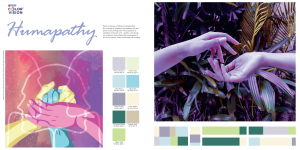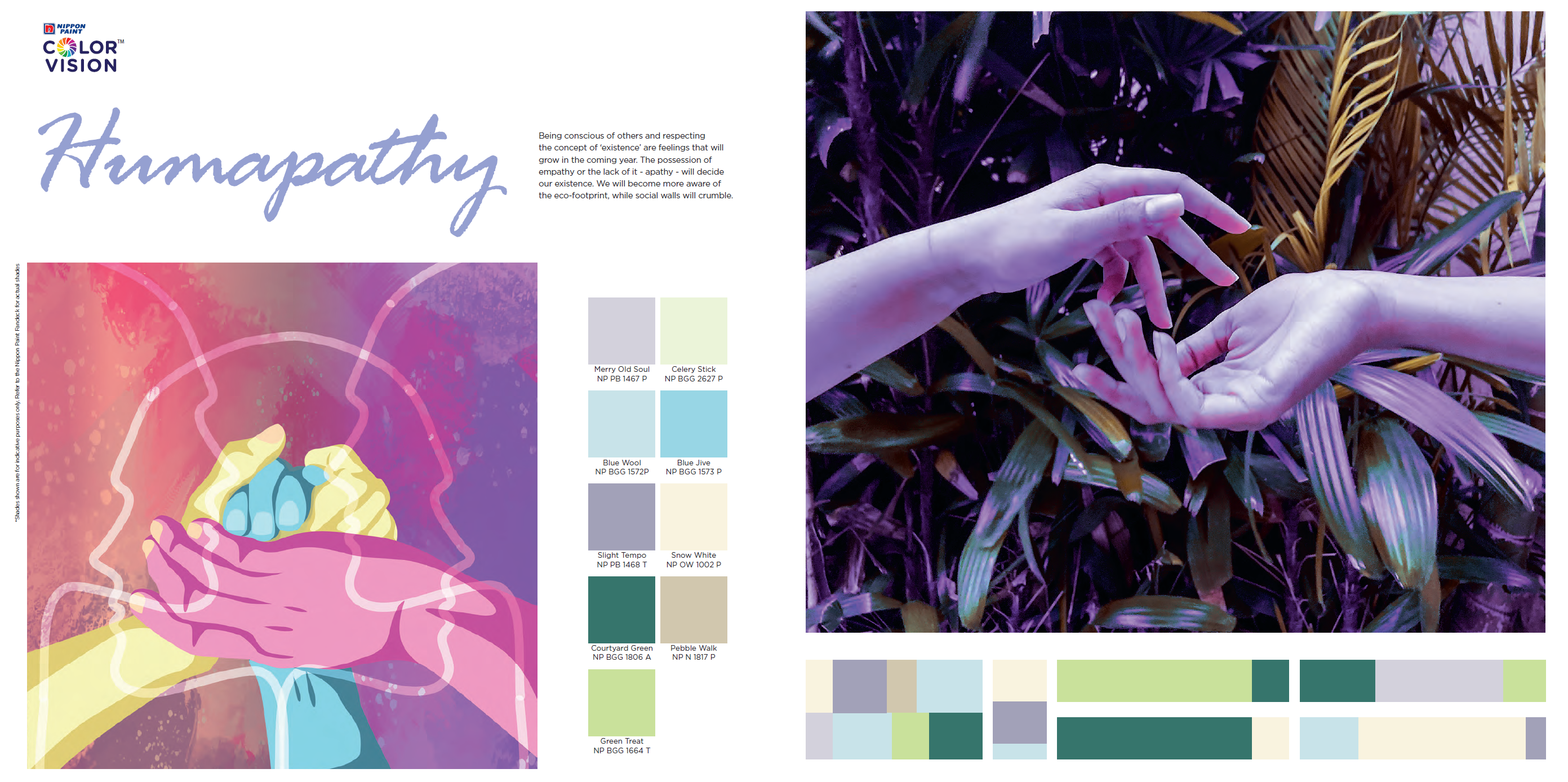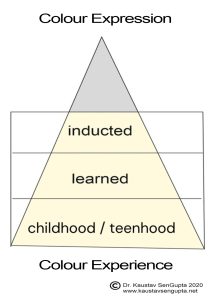Masterclass Series by Nippon Paint
“Colours impact spaces but can it impact humans?” is a common question. Hence, let me start this masterclass with it.
Colour is omnipresent in our life. However, most of the time colour impacts us subconsciously and hence remains unnoticed. A research article published by the University of Melbourne indicated that 89% of the time colours influence our major decisions.
Yes! Colours can communicate in a way that our body and mind react to it. However, colours mostly communicate with us as colour stories (Images, memory, tags, stimuli) and colourways (a set of colours as story stimuli). For example, the colour theme of this volume of Inscape is Violet. In reality, Violet will never stand alone as a colour. This means, there can either be a Violet-White colourway or a Violet-Red colourway (or any other colour-ways) and both of these colourways can communicate or impact us differently. Violet is also part of various colour stories that can impact. In Nippon Paint ColorVision 20x21, Violet appeared under the colour story ‘Humapathy’ where we reflected empathy through colour-ways of powdered Violet and muted Violet with other “comfort colours”. Globally, the colour Violet is associated with flowers like Lavender to reflect calmness or hyacinth which represents sorrow, regret and forgiveness. It can symbolise regretfulness at things not said or troubling issues unresolved. However, the rich purple is depicted as the colour of luxury if teamed with Gold, Red or Blue.
Let us also accept that we are one of the weakest species on Earth when it comes to seeing colours. Humans only have three types of cones (photoreceptors), usually designated as L, M and S (long, medium and short wavelengths respectively), whereas the other species like butterflies have at least 15 sets of photoreceptors! We cannot see Gamma rays or Ultraviolet rays, nor can we see X-rays or microwaves. Hence, our visual capacity is limited. However, it is amazing to note that our species experiments with colours so much, with this limited vision!

The Human Body and Colour Bio-Behaviour
Apart from visual appeal, colours can impact our hormonal surge, especially the ‘excitement hormone’ Dopamine! The hypothalamus also gets impacted with colours via signals from retinal ganglion cells. The hypothalamus is responsible for the secretion of multiple hormones and also controls the body’s self regulation system such as sleep and stress. For example, a room painted with ‘flaming red’ will be perceived hotter and ‘physically stimulating’ than a room painted with White, Blue, Brown or Green! The LA-based HIIT studio, called Barry’s Bootcamp uses the intense red environments in their workout rooms so that these spaces can impact the users to sweat faster (during their fat-blasting-calorie-incinerating sessions) with a perception of ‘higher intensity workout’. Barry’s is one of the most popular workout spaces for celebrities like Kim Kardashian and Justin Bieber and they have branches across key cities of the world including Singapore and Dubai.









